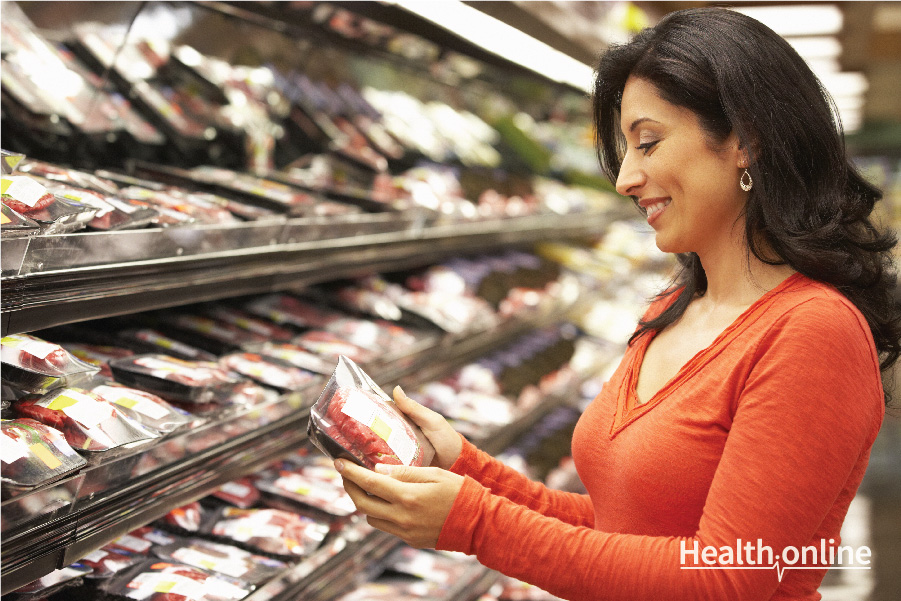
5 Essential Things To Check On The Label Before Buying Packaged Food
Food packaging these days can be manipulative. At first glance that pack of muesli bars looks healthy — but loaded language, carefully selected wording, even color schemes, have all been designed to appeal to your subconscious and influence your behavior. Thankfully, outsmarting this marketing is possible. It just takes a few moments to check these five things on the label of a food package before deciding whether or not to throw it in your shopping basket.
5 Things To Check On The Food Label are:

1. The ingredients list
A long list of ingredients with names you can’t pronounce is a definite red flag. A general rule of thumb is that the more you can recognize the ingredients listed, the less processed the food is. Fewer ingredients generally also signals that a product is closer to its natural state.
Another thing to bear in mind is that ingredients are always listed in order of the most used down to the least used. So, if the first ingredient on the list is sugar, than sugar is the primary ingredient.
And speaking of sugar – even some products that market themselves as sugar-free include hidden sweeteners or sugar-substitutes. Check the ingredients list for words like dextrose, fructose, xylose, high-fructose corn syrup, sucrose, malt syrup and fruit juice concentrate to be aware of what kind of sweeteners are hiding inside.

2. Servings
Before you check the nutrition label of any food, first pay attention to the serving size and the number of serves per package. This will be the yardstick by which all your nutritional values are measured. For example, a carton of orange juice might say it has 110 calories per serve, but if there are two serves per carton, and you know you’re going to drink all of it, you’ll need to double the calories to get an accurate idea of how many you’ll be consuming.
If you’re comparing two products to work out which one is more nutritious, be sure to check that the serving sizes are the same – otherwise you’re not comparing apples with apples.

3. Carbohydrates
The total carbohydrate value is the sum of all the sugars, starches and dietary fiber found in the food. Not all sugars and starches are necessarily evil, though generally speaking, you’ll want to favor lower sugar and higher fiber content foods. In fact, a good way to tell the true carbohydrate content of a food is to subtract the dietary fiber from the total carbohydrate count, as fiber isn’t metabolized by the body.
As for the sugars, currently, added sugars are not separated from naturally-occurring ones on most labels (under new FDA requirements, they will be listed separately from 2018), but the ingredients list should give you plenty of clues as to what quality of carbohydrates the product contains.

4. Fats
Fats have been vilified in the past, but again, not all fats are bad. Unsaturated fats (like those found in nuts, fish, avocado and olive oil) are considered to be an imperative component of any healthy diet. Meanwhile, try to limit products that are high in saturated fats, and do your best to avoid trans fats all together. Trans fats have been shown to increases the risk of heart disease, stroke, and type 2 diabetes.

5. Percent Daily Values
The Percent Daily Value (DV) – normally listed on the right hand column of any food label – gives you an idea of how many of your daily dietary requirements will be met by that product. Note that this is a rough guide, since every person’s needs are different and each DV is calculated based on a diet of 2,000 calories a day. Still, it can give you an at-a-glance way of determining how nutritious a food product is (or isn’t!) As a rule of thumb, values under 5% are low and those over 20% are high. So if the values for protein, vitamins or minerals are high, you’re probably onto a winner. If it’s only the sugars, sodium or saturated fats that hit the high percentages, you might want to put that thing back and keep on walking. Your body will thank you for it!




